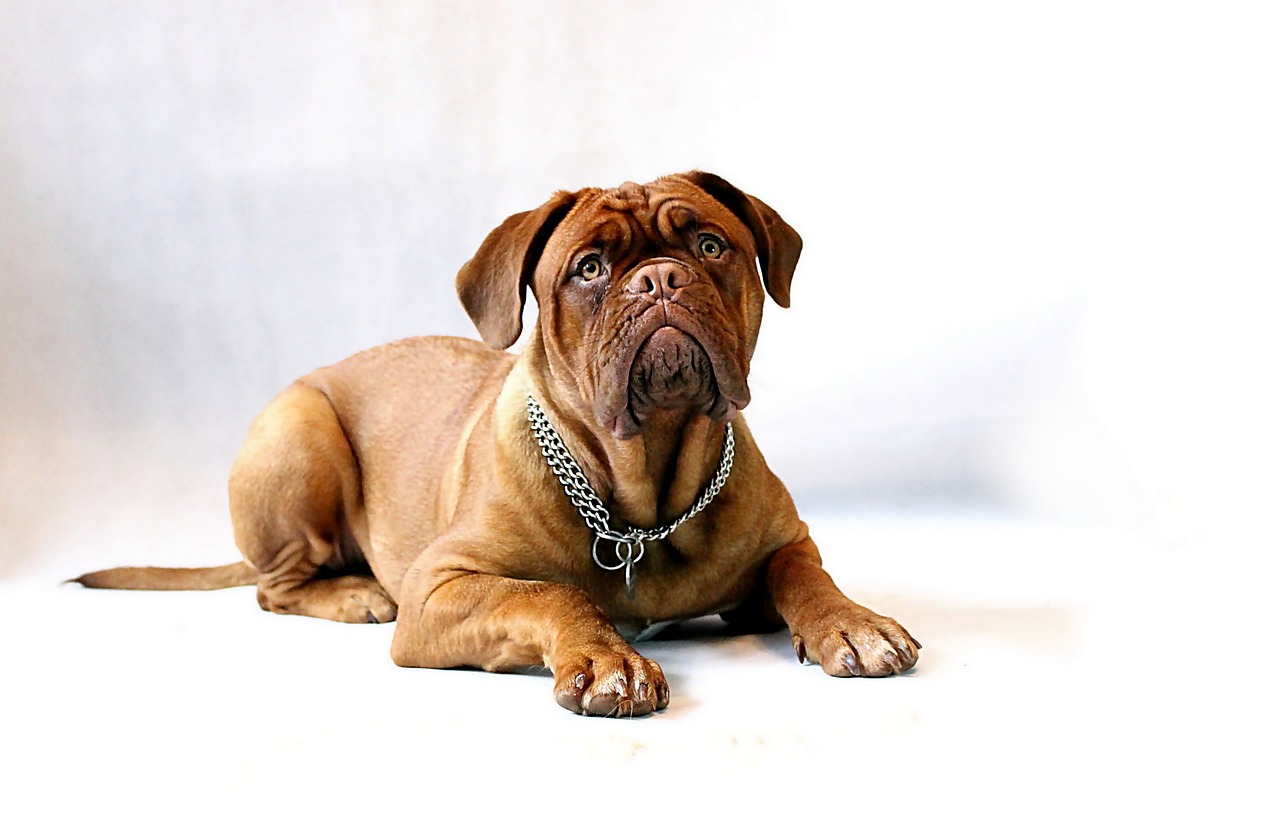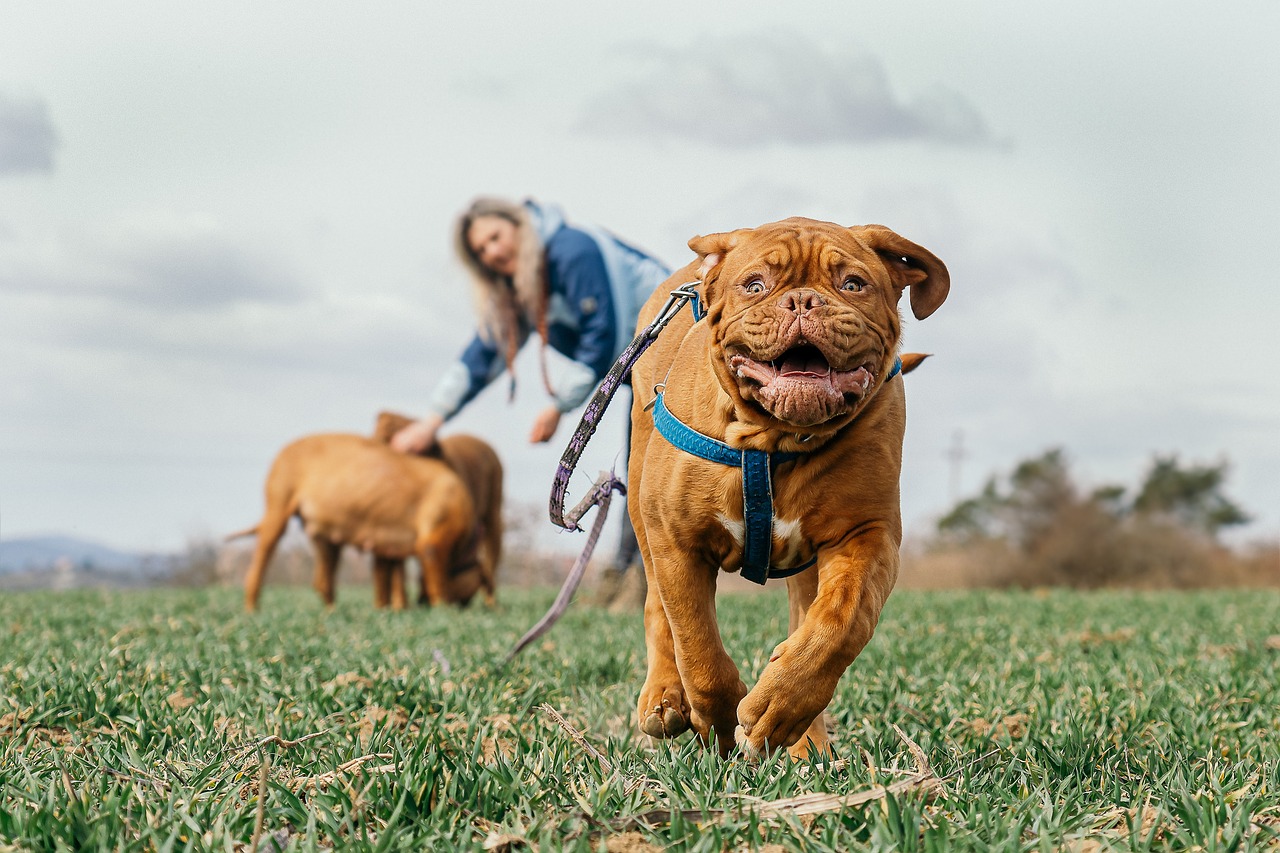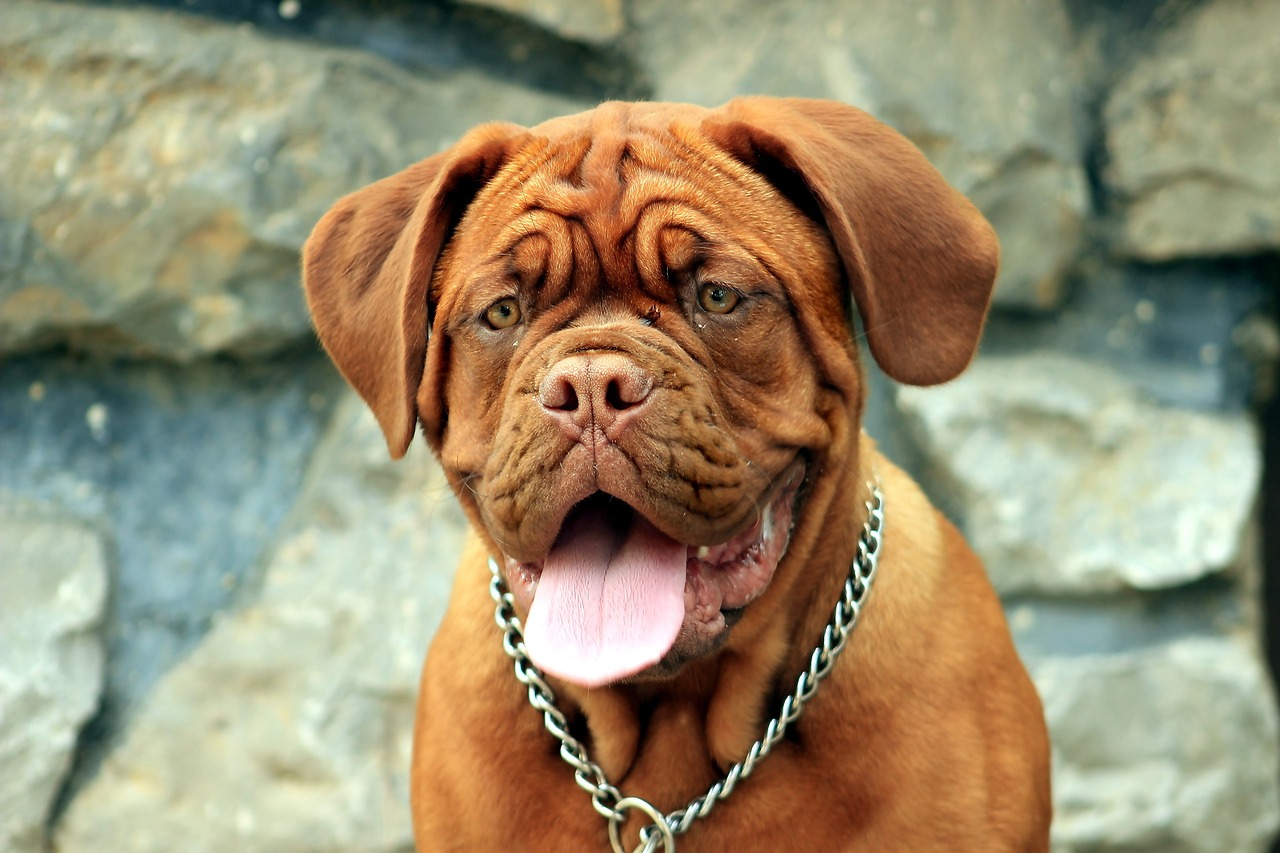
The Mastiff is a popular and well-known dog breed that has been around humans for thousands of years. This noble-looking dog has been a fan favorite all throughout history for many reasons. They’re reliable, brave, and loyal, and they’re known to be good-natured and doting to their family members.
This is a brief overview of the Mastiff and the fascinating bond the breed has had with humans.
Ancient Civilization
It is widely believed that Mastiffs was living with humans since 3000 BC. Even though the Mastiff is different than the ancestors it was born from You can still see Mastiffs showing up in ancient European as well as Asian art.
Ancient Romans had a special love for the Mastiff and taught them to be guard dogs as well as war dogs. They were also popular competitors in antiquated Roman arenas, and also fought larger animals, such as bears, lions, and tigers.
Caesar himself took note of the magnificent Mastiffs when he came across them in his assault on Britain in the year 55 BC.
Late-Middle Ages
The 1400s saw the Mastiff as a well-established breed in English society. The modern-day Mastiff’s ancestry can be traced back to their English predecessors. The Mastiff breed was used for a long time as a military dog, and breeding methods were developed to maintain a lineage of noble, healthy breeds of dogs.
A specific story about the female Mastiff of an English knight Sir Piers Legh outlived her owner during battle and returned in his house, Lyme Hall. Then she had puppies who carried the heritage from the Lyme Hall breed. The Lyme Hall strain is the oldest breed of Mastiffs around the globe.
World War II Era
The number of Mastiffs struggled in World War I and II times. Food was scarce and many breeders and owners were unable to feed their pets, let alone their own. To prevent the genetic lineage of Mastiffs from being lost The Mastiffs were bred with different breeds of dogs, such as their cousins the Great Dane, Saint Bernard along with Tibetan Mastiff.
The prospects for Mastiffs were brighter after North American breeders grew a fascination for the breed and brought them into in the Americas out of England. When the number of Mastiffs was growing within North America, these breeders brought some of their dogs back to England to aid in rebuilding the population of their homeland.

The Mastiff Today
The American Kennel Club (AKC) first recognized the Mastiff in 1885. It has kept a track of the typical appearance of the dog breed. Mastiffs don’t have the same ferocity as their ancient Roman and British historical predecessors. But they’re still a formidable and large breed. Mastiffs are able to weigh between 160-230 pounds, while female mastiffs weigh anywhere from 120-170 pounds. They can reach the height of a shoulder that is greater than 30 inches.
Mastiffs are part of the working group of the AKC and members of the United Kennel Club’s (UKC) guardian group. They are still assisting people with tasks that require strength, drive and determination. It is common to see Mastiffs employed as police dogs or military dogs as well as guard dogs. They can also develop into a reliable search-and-rescue dog.
Living with Mastiffs
Although Mastiffs are noble and loyal, they require an expert dog owner in order to bring an enlightened and well-behaved Mastiff. Mastiffs are generally loyal to their family, yet extremely cautious of strangers and other animals. Thus it is essential to start socializing them early to raise an animal that doesn’t behave in a hostile manner towards strangers.

Training
The breed is also a requirement for strict, fair, and constant training. When Mastiff owner gains respect from their pet, they are quite easy to train as they’re clever and have developed a desire to be loved by others.
Mastiffs are also great family pets because they’re tranquil. However, they are best with children of a certain age because they don’t know their own size and may accidentally knock down toddlers or youngsters.
Health-related Concerns
As with all giant breeds Mastiffs are shorter in time to live than smaller breeds of dogs. They can live from 8-10 years old. The most frequent health issues that can be a result of Mastiffs include osteosarcoma, hip and elbow dysplasia, cardiomyopathy, as well as gastric torsion.

Costs
Because Mastiffs are huge breeds, they can consume lots of food and demand a balanced diet that could result in a significant amount of dollars. It’s therefore important to take into consideration the costs and requirements for care for this breed prior to choosing to keep one.
Conclusion
Mastiffs were initially bred and used as guards and war dogs. Nowadays, they work alongside humans as military dogs, and as guard dogs. But, they’re also very popular companion dogs, which are compassionate and affectionate towards their family members.
Mastiffs have been with humans for many thousands of years and have a well-established reputation with people who are earned and merited. They’ve captivated the hearts of millions of people throughout history We’re certain that they’ll be an extremely popular breed of dog for many years to in the future.